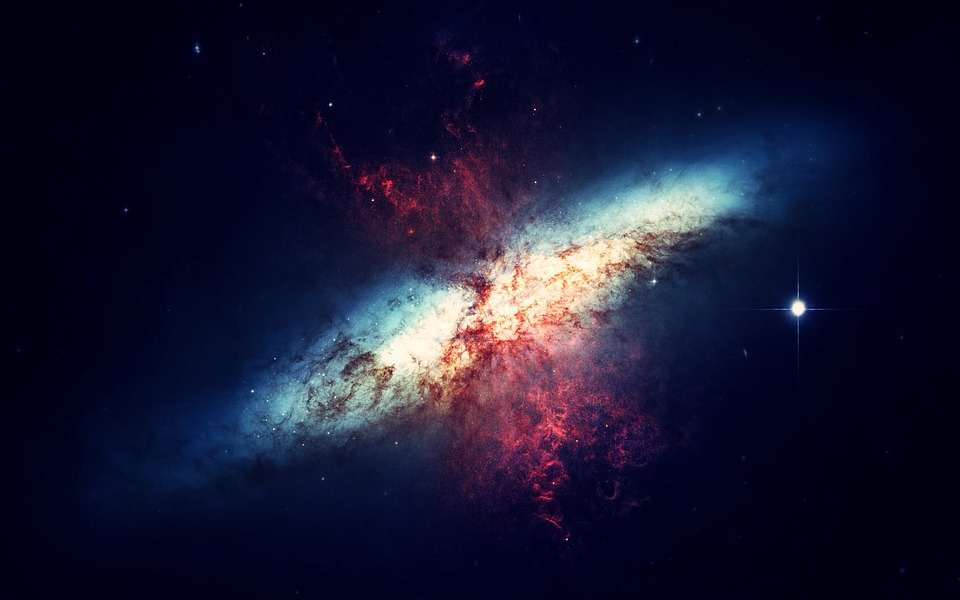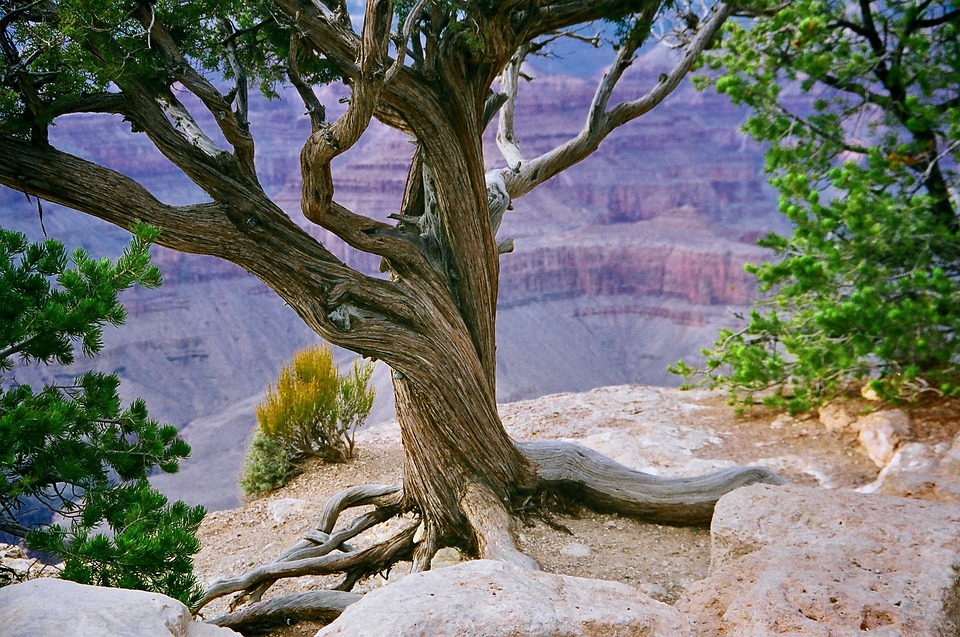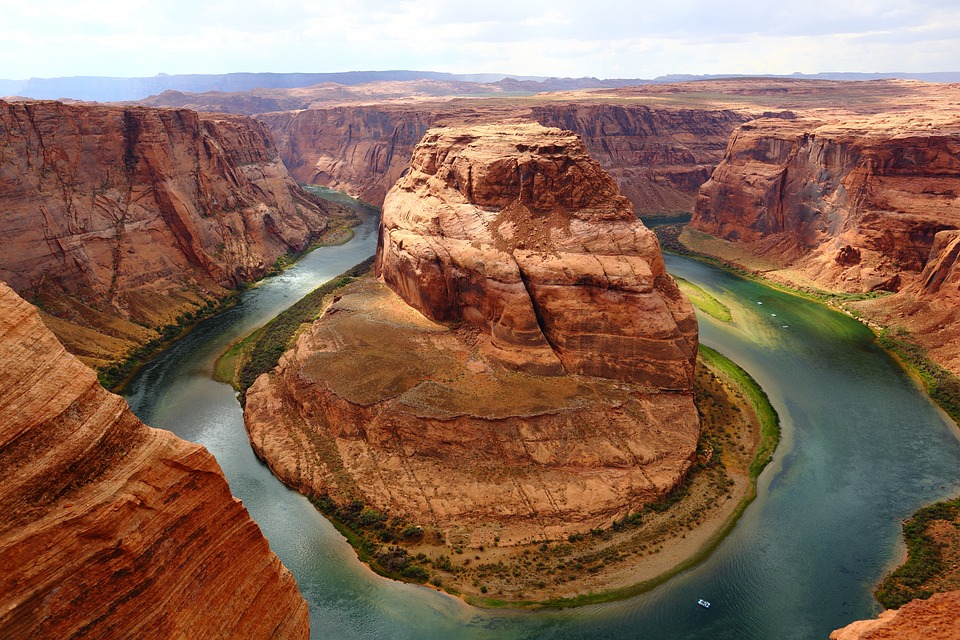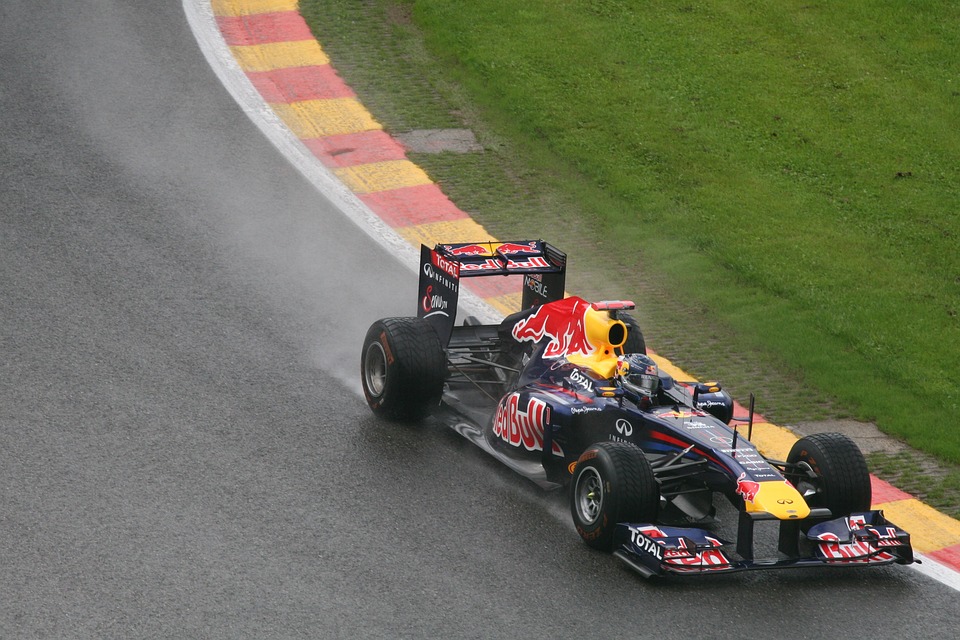The Evolution of Beauty Standards: How Movie Stars Have Shaped Perceptions of Beauty
Beauty standards have undergone significant changes over the years, influenced by various factors such as culture, media, and societal norms. Movie stars, in particular, have played a pivotal role in shaping perceptions of beauty and influencing beauty trends. As actors and actresses become more prominent figures in society, their beauty standards become iconic and aspirational, leading to a shift in societal perceptions of beauty.
The Golden Age of Hollywood: Glamour and Elegance
During the Golden Age of Hollywood in the 1930s and 1940s, movie stars such as Marilyn Monroe, Audrey Hepburn, and Grace Kelly set the standard for beauty. These actresses exuded glamour, elegance, and sophistication, with their iconic looks becoming synonymous with the era’s beauty ideals. Marilyn Monroe, with her hourglass figure and platinum blonde hair, became the epitome of sex appeal, while Audrey Hepburn’s delicate features and chic style made her a fashion icon.
The beauty standards of the Golden Age of Hollywood were largely influenced by European ideals of beauty, with fair skin, slim figures, and classic features being prized. Movie stars were expected to embody a certain level of sophistication and glamour, with beauty often equated with femininity and grace. These beauty standards were perpetuated through films, magazines, and advertisements, shaping the way society viewed beauty during this time.
The Swinging Sixties: Rebellion and Individuality
By the 1960s, beauty standards began to shift as a new wave of actresses emerged, challenging traditional ideals of beauty. Stars like Brigitte Bardot, Twiggy, and Jane Birkin embraced a more natural and rebellious aesthetic, with their effortless style and carefree attitudes redefining beauty norms. The Swinging Sixties was a time of experimentation and individuality, with movie stars leading the charge in challenging societal expectations of beauty.
Twiggy, with her gamine haircut and doe-eyed look, became a symbol of the era’s youth culture, while Brigitte Bardot’s tousled hair and sultry pout captured a sense of free-spiritedness and sensuality. These actresses embraced their unique features and personality quirks, inspiring a generation of women to embrace their individuality and eschew traditional beauty standards.
The 1980s and 1990s: The Era of Supermodels and Glamazons
The 1980s and 1990s saw a shift towards a more glamorous and high-fashion aesthetic, with supermodels like Cindy Crawford, Naomi Campbell, and Claudia Schiffer dominating the runway and setting the standard for beauty. These supermodels epitomized the era’s obsession with fitness, health, and luxury, with their toned bodies, flawless skin, and larger-than-life personalities becoming iconic symbols of beauty.
The rise of supermodels in the 1980s and 1990s had a profound impact on beauty standards, with their Amazonian proportions and chiseled features becoming the new ideal. These models represented a departure from the delicate femininity of previous eras, embodying a more powerful and assertive vision of beauty. Their influence extended beyond the runway, with their signature looks and style becoming synonymous with the era’s beauty trends.
The 21st Century: Diversity and Inclusivity
In recent years, beauty standards have become more diverse and inclusive, with a greater emphasis on representation and authenticity. Movie stars like Lupita Nyong’o, Priyanka Chopra, and Constance Wu have challenged traditional notions of beauty, celebrating their unique heritage and features on the red carpet and in film. These actresses have become symbols of diversity and empowerment, inspiring women of all backgrounds to embrace their individual beauty.
The 21st century has seen a shift towards a more inclusive and diverse vision of beauty, with a greater acceptance of different skin tones, body shapes, and features. Beauty standards are no longer limited to a narrow ideal but encompass a wide range of looks and styles. Movie stars play a crucial role in shaping these new beauty standards, using their platforms to advocate for inclusivity and representation in the media.
The Future of Beauty Standards
As society continues to evolve and diversify, so too will beauty standards. Movie stars will continue to play a pivotal role in shaping perceptions of beauty, influencing trends and setting new standards for generations to come. In an age of social media and digital influence, the power of celebrity has never been greater, with movie stars wielding immense influence over beauty ideals and trends.
The evolution of beauty standards reflects changing societal attitudes towards beauty, self-expression, and identity. Movie stars serve as cultural ambassadors, embodying the aspirations and desires of society at large. By embracing diversity, inclusivity, and authenticity, movie stars can challenge traditional beauty norms and pave the way for a more inclusive and empowering vision of beauty for future generations.



